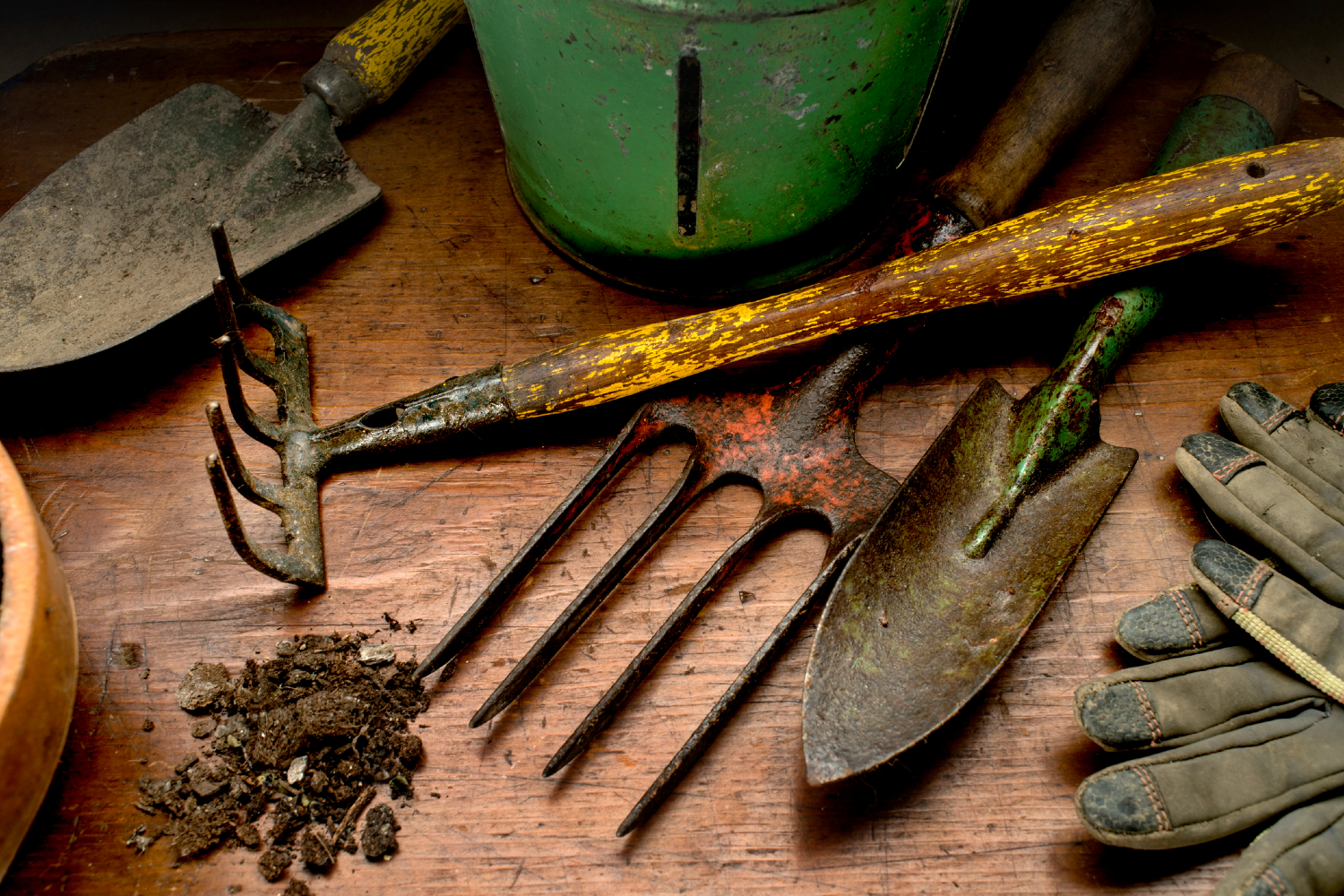

Articles
How To Clean Rusty Garden Tools
Modified: January 19, 2024
Learn how to clean rusty garden tools with our easy gardening tips. Keep your gardening tools in top condition for a beautiful and productive garden.
(Many of the links in this article redirect to a specific reviewed product. Your purchase of these products through affiliate links helps to generate commission for Storables.com, at no extra cost. Learn more)
Introduction
Gardening tools are essential for maintaining a flourishing garden. However, over time, these tools can become rusty and worn out, compromising their effectiveness and longevity. Rust is not only unsightly but also can cause damage to the metal surface of the tools, making them less efficient and prone to breaking.
Cleaning rusty garden tools is a simple and effective way to extend their lifespan and ensure they continue to perform optimally. With the right tools and techniques, you can easily restore your rusty garden tools to their former glory. In this article, we will guide you through a step-by-step process to clean your rusty garden tools and keep them in excellent condition.
Before we delve into the cleaning process, let’s gather the tools and materials you’ll need:
- Water
- Vinegar
- Bucket or basin
- Steel wool or wire brush
- Protective gloves
- Rust inhibitor or protective oil
- Towel or cloth
Having these items on hand will ensure you have everything you need to clean your rusty garden tools effectively.
Now that we have our tools ready, let’s dive into the step-by-step cleaning process!
Key Takeaways:
- Revive rusty garden tools by soaking them in vinegar, scrubbing with steel wool, and applying a rust inhibitor. Proper maintenance and storage practices will ensure their longevity, keeping your garden in top shape.
- Regular cleaning and care of garden tools not only extend their lifespan but also improve gardening efficiency. Don’t let rust hinder your gardening efforts – take the necessary steps to keep your tools in excellent condition.
Read more: How Do You Clean Rusty Hand Tools
Tools and Materials Needed
Before you begin cleaning your rusty garden tools, it’s important to gather the necessary tools and materials. Having these items on hand will make the cleaning process more efficient and effective. Here’s a list of what you’ll need:
- Water: You will need water for various stages of the cleaning process. Make sure you have access to clean water.
- Vinegar: Vinegar is a powerful cleaning agent that can help remove rust from metal surfaces. You’ll need enough vinegar to create a soaking solution for your tools.
- Bucket or basin: A bucket or basin will be used to create the soaking solution for your rusty tools. Make sure it’s large enough to accommodate the size of the tools you’ll be cleaning.
- Steel wool or wire brush: These abrasive tools will be used to scrub away the rust from your garden tools. Choose a steel wool or wire brush with the appropriate level of abrasiveness, depending on the severity of the rust.
- Protective gloves: It’s important to protect your hands while cleaning rusty tools. Invest in a pair of heavy-duty gloves that can withstand the cleaning process and protect your hands from any chemicals or sharp edges.
- Rust inhibitor or protective oil: After cleaning your tools, you’ll want to prevent further rusting. A rust inhibitor or protective oil can help create a barrier on the metal surface to prevent rust formation. Choose a product specifically designed for this purpose.
- Towel or cloth: You’ll need a towel or cloth to dry your tools after cleaning. Choose a lint-free option to avoid leaving any fibers on the tools.
By having these tools and materials ready, you’ll be well-prepared to tackle the cleaning process and restore your rusty garden tools to their former glory. Now, let’s move on to the step-by-step process of cleaning your rusty garden tools.
Step 1: Removing Dirt and Debris
Before you can effectively clean the rust off your garden tools, it’s important to remove any dirt, grime, and debris that may be covering the metal surface. This will help ensure that the cleaning process is more thorough and that the rust is not hiding beneath layers of dirt. Here’s how you can remove dirt and debris from your garden tools:
1. Start by examining your tools and identifying any areas with visible dirt and debris. Use a brush or a cloth to wipe away loose dirt and remove any cobwebs or grass clippings that may have accumulated.
2. For stubborn dirt and debris, you can use a mild detergent or soap mixed with water. Dip a cloth or sponge into the soapy water and gently scrub the affected areas. Be sure to rinse the tools thoroughly afterward to remove any soap residue.
3. For tough-to-reach areas, such as narrow crevices or blade edges, you can use an old toothbrush or a small brush to remove the dirt and debris. Make sure to scrub gently to avoid damaging the tool’s surface.
4. Once you have removed the dirt and debris, rinse your garden tools with clean water to remove any remaining residue. Inspect the tools to ensure that all visible dirt has been removed.
By removing dirt and debris from your garden tools, you create a clean surface for the next steps in the cleaning process. This step is important as it allows the subsequent cleaning steps to more effectively target and remove the rust from the tools. With a clean surface, you are now ready to move on to the next step: soaking your rusty garden tools in a vinegar solution.
Step 2: Soaking in Vinegar Solution
Now that you have cleared the dirt and debris from your garden tools, it’s time to tackle the rust. Vinegar, with its acidic properties, is an excellent natural remedy for rust removal. Here’s how to soak your rusty garden tools in a vinegar solution:
1. Fill a bucket or basin with enough white vinegar to fully submerge your garden tools. The vinegar should be of a sufficient quantity to cover the rusted areas completely.
2. Carefully place the rusty tools into the vinegar solution, ensuring that they are fully immersed. If the tools are too large to fit entirely, soak one end at a time or find a container large enough to accommodate them.
3. Allow the tools to soak in the vinegar solution for at least 4-6 hours, or overnight for severely rusted items. The vinegar will work to break down the rust by dissolving the iron oxide.
4. Check on the progress of the rust removal periodically. If necessary, gently agitate the tools in the solution to assist in loosening the rust.
5. After the soaking time is complete, remove the tools from the vinegar solution. You may notice that the rust has begun to loosen, making it easier to remove in the subsequent steps.
6. Rinse the tools with clean water to remove any residual vinegar. Pat dry with a towel or cloth to remove excess moisture.
By soaking your garden tools in a vinegar solution, you allow the acidic properties of vinegar to work their magic on the rust, loosening it from the metal surface. This step is crucial in preparing the tools for the next step: scrubbing with steel wool.
Step 3: Scrubbing with Steel Wool
Once your garden tools have soaked in the vinegar solution to loosen the rust, it’s time to move on to the next step: scrubbing with steel wool. This abrasive material will help remove the loosened rust and restore the tools’ metal surface. Here’s how you can effectively scrub your rusty garden tools with steel wool:
1. Put on your protective gloves to shield your hands from the abrasive action of the steel wool.
2. Take a piece of steel wool and begin scrubbing the rusted areas of the tool. Apply moderate pressure and use circular motions to effectively remove the rust. Be sure to cover all the rusted spots thoroughly.
3. For stubborn or hard-to-remove rust, you may need to use a wire brush instead of steel wool. The wire brush provides a more intense scrubbing action. Use it in the same circular motion as steel wool to target the rusted areas.
4. Continuously check the progress of the rust removal as you scrub. The rust should begin to flake off, revealing a cleaner metal surface as you work.
5. Keep a container of water nearby so you can periodically rinse the tool and the steel wool to remove any rust residue. This will ensure that you are working with a clean and effective scrubbing surface.
6. Depending on the severity of the rust and the size of the tool, you may need to repeat the scrubbing process multiple times. Take your time and be thorough to achieve the best results.
7. Once you are satisfied with the rust removal, rinse the tools thoroughly with clean water to remove any remaining rust particles and steel wool debris.
After scrubbing with steel wool, you will notice that the rust has significantly diminished or been completely eliminated from your garden tools. This step brings back the shine and restores the metal surface, but there are a few more steps to follow to ensure proper cleaning and maintenance. The next step will involve rinsing and drying your tools.
After using your garden tools, wipe them clean and dry to prevent rust. If rust does develop, use a wire brush or steel wool to scrub it off, then apply a rust-inhibiting oil or lubricant to protect the metal.
Read more: 11 Best Kids Gardening Sets for Beginners
Step 4: Rinsing and Drying
After scrubbing your garden tools with steel wool to remove the rust, it’s essential to rinse and dry them properly. This step ensures that any remaining rust particles or debris are completely eliminated and prevents the formation of new rust. Here’s how to effectively rinse and dry your cleaned garden tools:
1. Hold each tool under a stream of clean water or immerse them in a bucket of fresh water. Use your hand or a brush to remove any remaining rust particles, steel wool fibers, or vinegar residue from the surface of the tools.
2. Thoroughly rinse all the tools to ensure they are free from any cleaning agents or debris. Pay extra attention to hard-to-reach areas, such as hinges or joints, to ensure complete cleaning.
3. Once rinsed, use a cloth or towel to dry your garden tools thoroughly. Wipe all surfaces, including handles, blades, and metal components, to remove any moisture. Ensuring that your tools are completely dry will help prevent the formation of new rust.
4. If necessary, you can use a hairdryer or leave the tools in a well-ventilated area to air dry completely. This step is especially important if you live in a humid environment or if the tools have intricate parts that are difficult to dry with a towel.
5. Take a moment to inspect your tools at this stage. Ensure that they are completely dry and that no signs of rust or moisture remain. This will prevent any further rusting or damage to the metal surfaces.
Rinsing and drying your garden tools after the cleaning process is crucial in maintaining their integrity and preventing future rust formation. Once your tools are dry, you can move on to the next step, which involves applying a rust inhibitor or protective oil to protect the metal surfaces.
Step 5: Applying Rust Inhibitor
To ensure that your garden tools stay rust-free and in excellent condition, it’s important to apply a rust inhibitor or protective oil. These products create a barrier on the metal surfaces, preventing moisture and oxygen from reaching the metal and causing rust to form. Here’s how you can apply a rust inhibitor to your cleaned garden tools:
1. Choose a rust inhibitor or protective oil specifically designed for metal surfaces. These products are readily available at garden centers or hardware stores. Look for ones that are suitable for outdoor use and provide long-lasting protection.
2. Before applying the rust inhibitor, make sure your garden tools are completely dry. Any moisture remaining on the surfaces can interfere with the effectiveness of the product.
3. Spray or apply a thin, even coat of the rust inhibitor onto the metal surfaces of your garden tools. Use a cloth or sponge to distribute the product and ensure that it covers all areas susceptible to rust.
4. Pay special attention to areas prone to rust, such as the blade edges, hinges, and joints. These areas are more vulnerable and require extra protection.
5. Allow the rust inhibitor to dry or penetrate the metal surfaces as per the manufacturer’s instructions. This may involve leaving the tools undisturbed for a specified period of time.
6. Once the rust inhibitor is dry, wipe off any excess product with a cloth. This will prevent sticky residue from attracting dust or dirt.
7. Remember to reapply the rust inhibitor regularly, especially if your tools are exposed to harsh weather conditions or frequent use. This will ensure ongoing protection against rust and extend the lifespan of your garden tools.
By applying a rust inhibitor or protective oil to your garden tools, you create a barrier that prevents moisture and oxygen from coming into contact with the metal surfaces. This step is crucial in maintaining the longevity and functionality of your tools. Finally, let’s discuss the importance of proper storage and maintenance in step 6.
Step 6: Proper Storage and Maintenance
After cleaning and protecting your garden tools, it’s important to implement proper storage and maintenance practices to ensure their longevity and continued performance. Here are some tips for storing and maintaining your garden tools:
1. Find a suitable storage location: Store your garden tools in a dry and well-ventilated area to prevent moisture buildup. Avoid storing them in damp basements or sheds prone to leaks. If possible, hang the tools on a pegboard or store them in a tool rack to prevent them from coming into contact with moisture or each other.
2. Keep tools organized: Maintain an organized storage system for your garden tools. This will not only make them easily accessible but also prevent them from being damaged or becoming rusty due to improper storage.
3. Apply a thin coat of protective oil: Before storing your tools, apply a thin coat of protective oil to the metal surfaces. This will provide an additional layer of protection against rust and keep the tools in great condition during storage.
4. Inspect tools regularly: Regularly inspect your garden tools for any signs of rust, damage, or wear. Address any issues promptly to prevent further deterioration. Clean and reapply a rust inhibitor as needed.
5. Sharpen blades when necessary: Keep your cutting tools, such as pruners or shears, sharp for optimal performance. Regularly inspect the blades and sharpen them using an appropriate sharpening tool. Dull blades can cause stress on the tools and result in poor cutting performance.
6. Clean tools after each use: After using your garden tools, take a few minutes to remove any dirt, debris, or plant residue. Use a brush or cloth to wipe down the surfaces and ensure they are clean and free from moisture. This simple practice will prevent the accumulation of dirt and minimize the chances of rust formation.
7. Protect wooden handles: If your garden tools have wooden handles, it’s essential to protect them from moisture and cracking. Apply a coat of linseed oil or wood preservative to the handles regularly to keep them in good condition.
By following these storage and maintenance practices, you can prolong the lifespan of your garden tools and ensure they remain in optimal condition for years to come.
Conclusion
Cleaning and maintaining your garden tools is crucial for their longevity, effectiveness, and overall performance. Rusty tools not only hinder your gardening efforts, but they can also lead to further damage and even replacement costs. By following the step-by-step process outlined in this article, you can easily clean your rusty garden tools and keep them in excellent condition.
Starting with the removal of dirt and debris, followed by soaking in a vinegar solution, scrubbing with steel wool, rinsing, and drying, you can effectively remove rust and restore the metal surfaces of your tools. Applying a rust inhibitor or protective oil provides an extra layer of defense against future rust formation, ensuring long-lasting protection. Lastly, implementing proper storage and maintenance practices will help maintain the integrity and functionality of your garden tools for years to come.
By taking the time to clean and care for your garden tools, you not only extend their lifespan but also make your gardening tasks more enjoyable and efficient. Clean tools provide better performance, allowing you to tackle your gardening projects with ease and precision.
Remember, regular maintenance and inspections are key. By incorporating these practices into your gardening routine, you can catch any issues early on, make necessary repairs, and prevent further damage.
So, don’t let rust slow you down. Take the necessary steps to clean, protect, and maintain your garden tools, and enjoy a thriving garden for years to come!
Frequently Asked Questions about How To Clean Rusty Garden Tools
Was this page helpful?
At Storables.com, we guarantee accurate and reliable information. Our content, validated by Expert Board Contributors, is crafted following stringent Editorial Policies. We're committed to providing you with well-researched, expert-backed insights for all your informational needs.
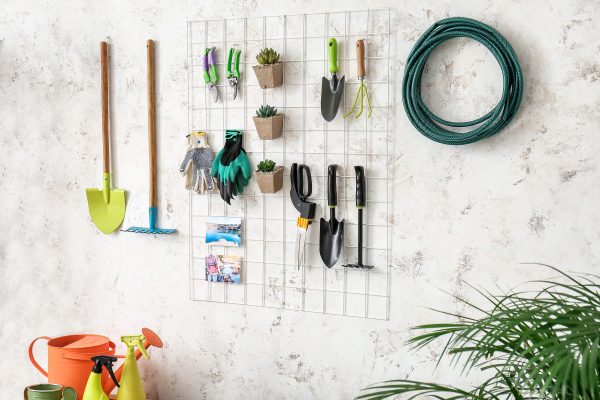
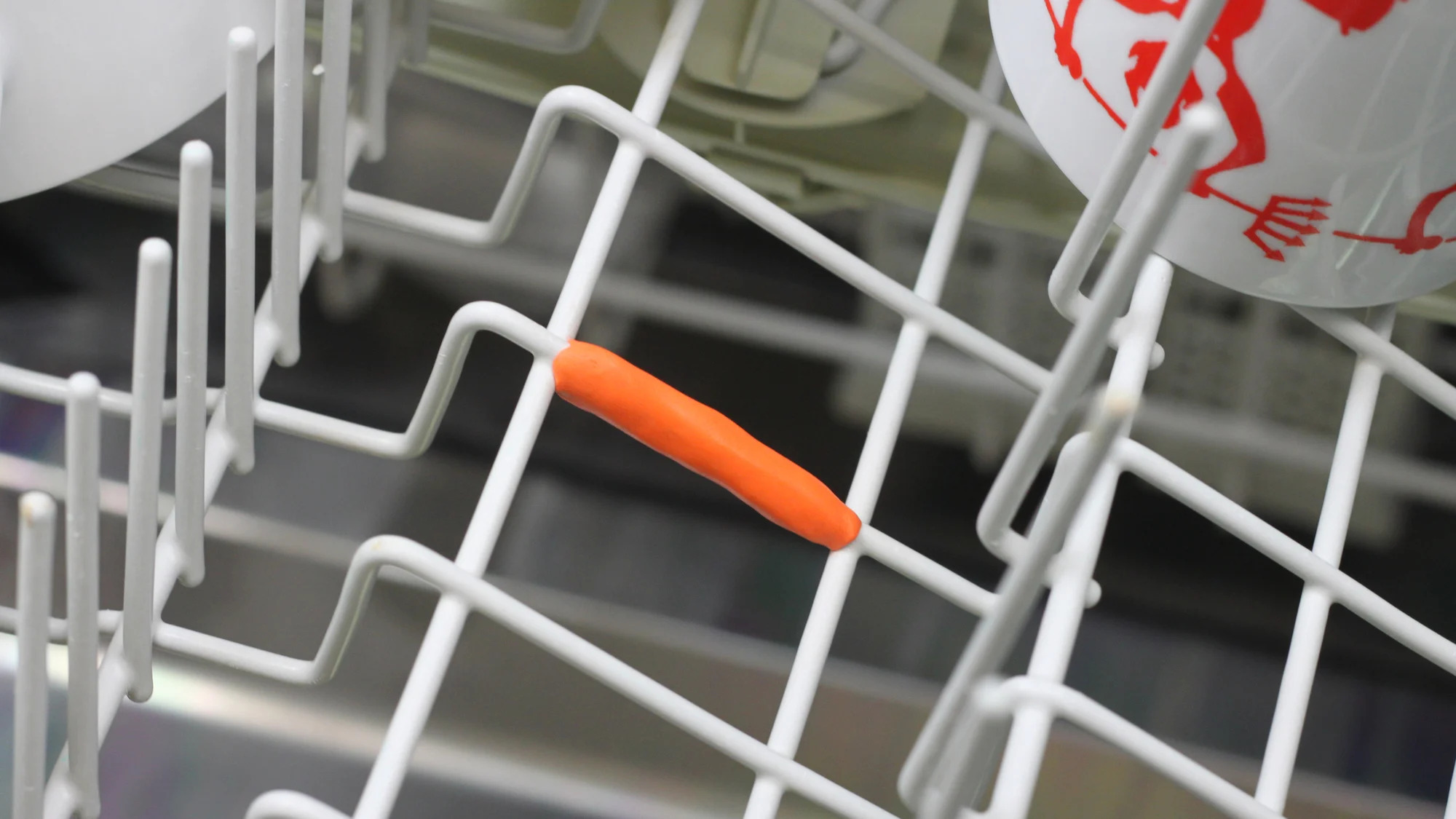
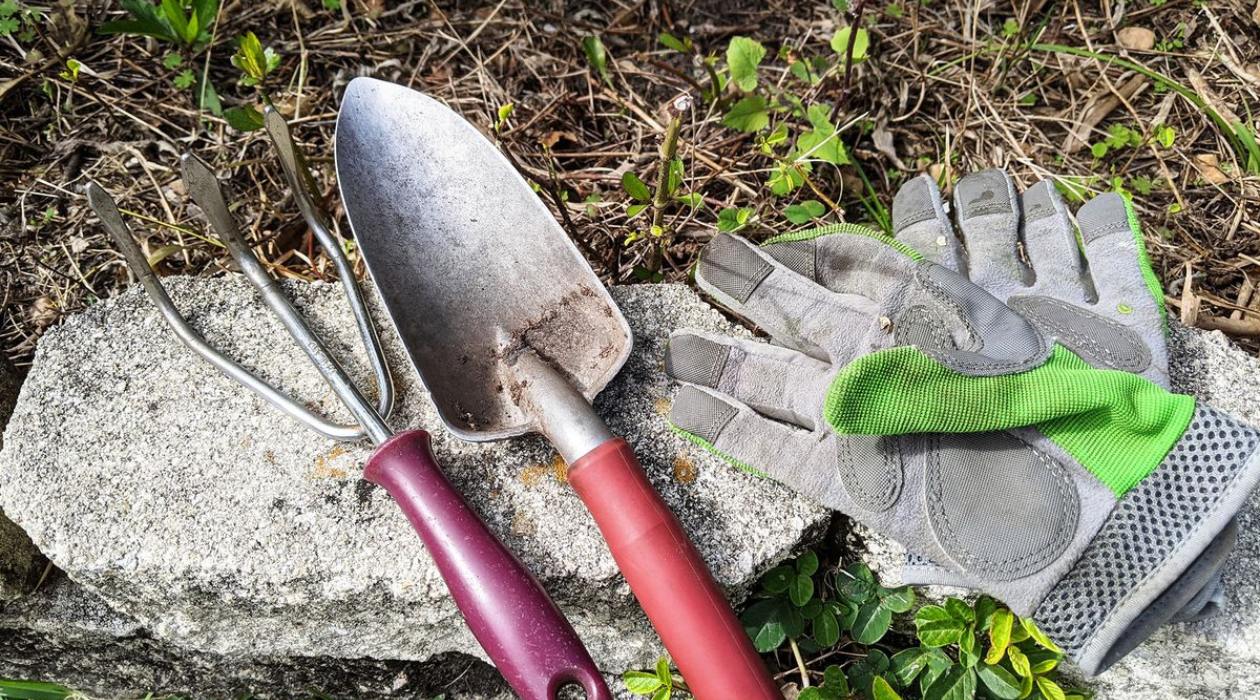
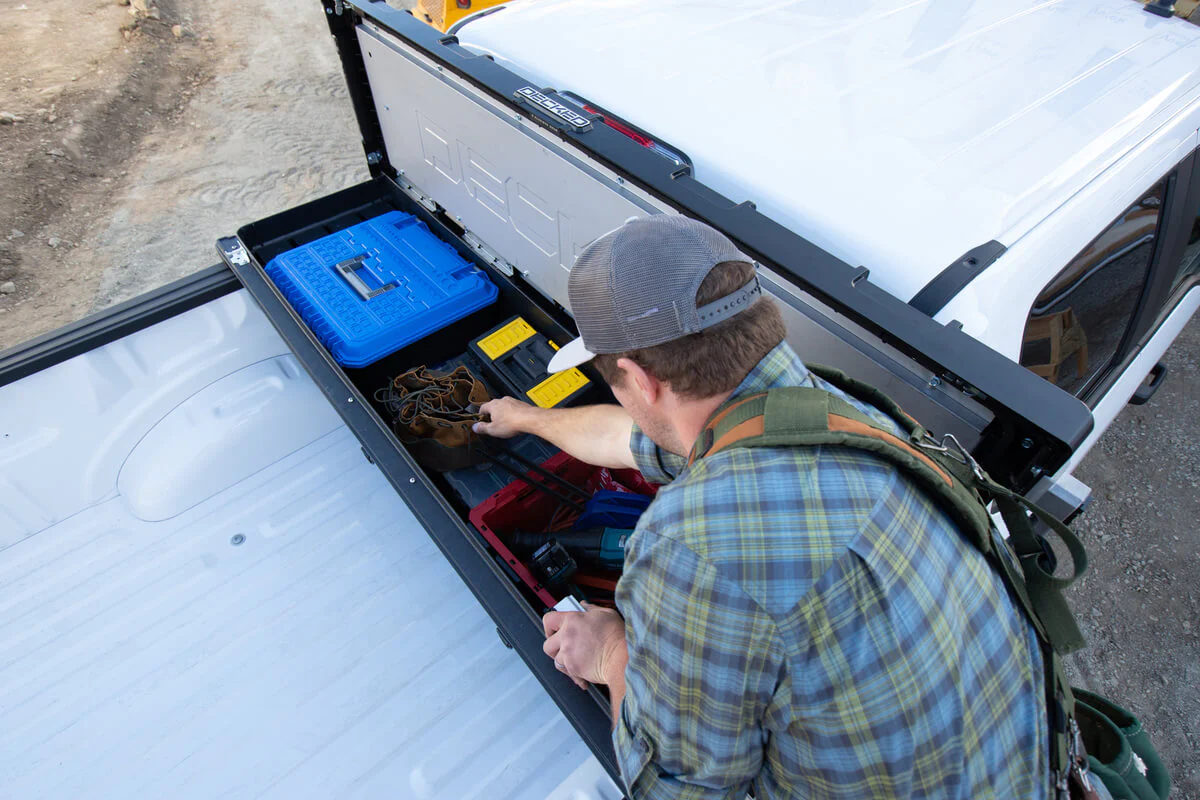
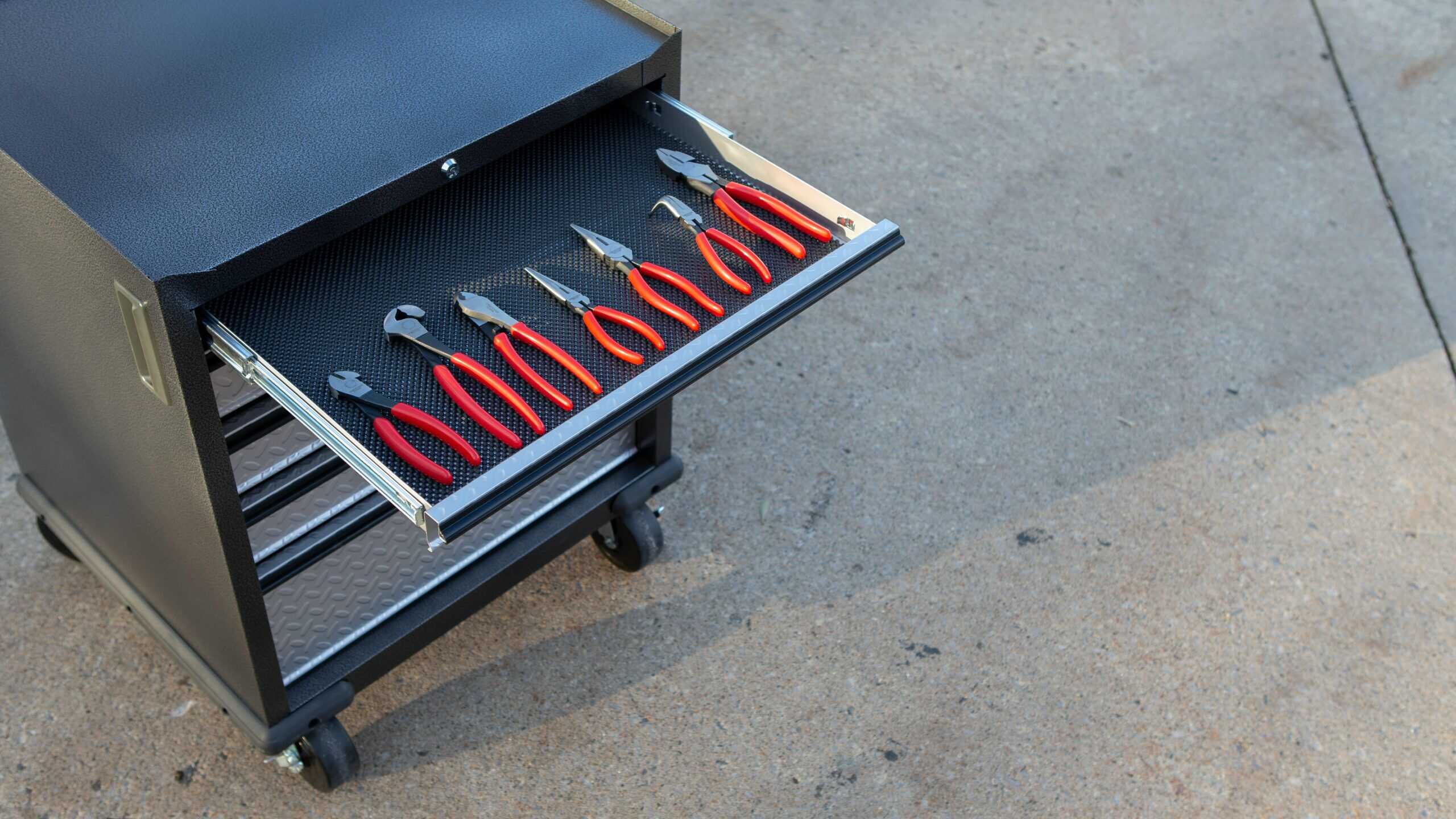
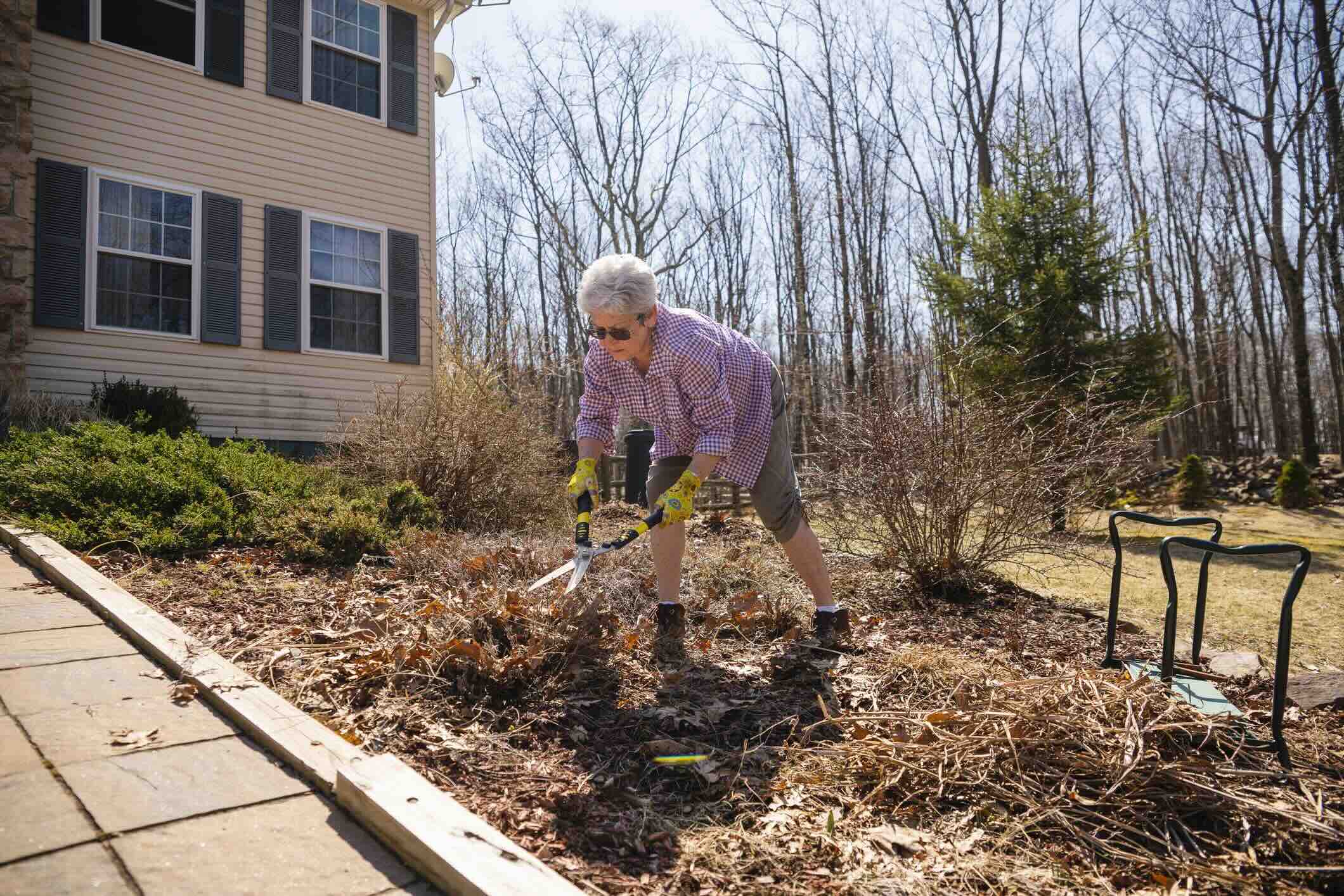
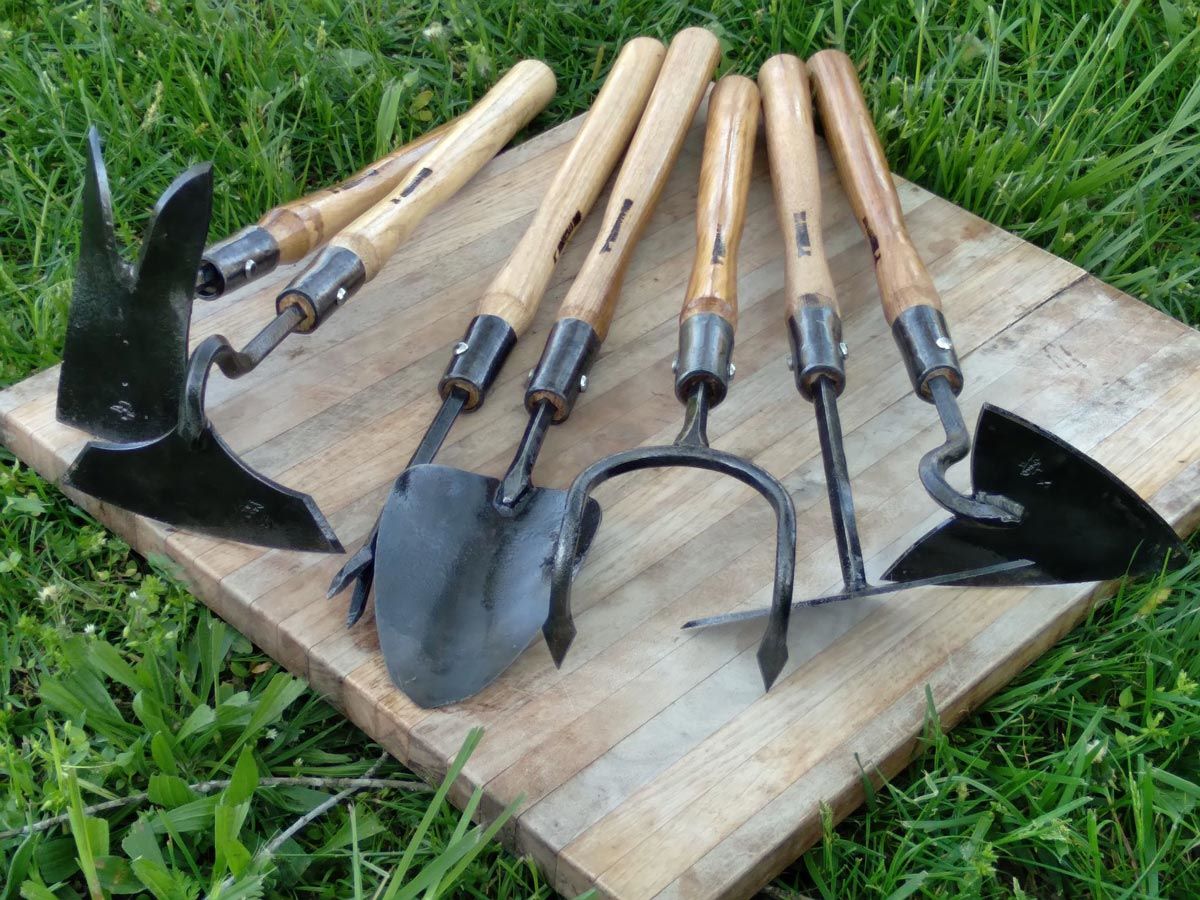
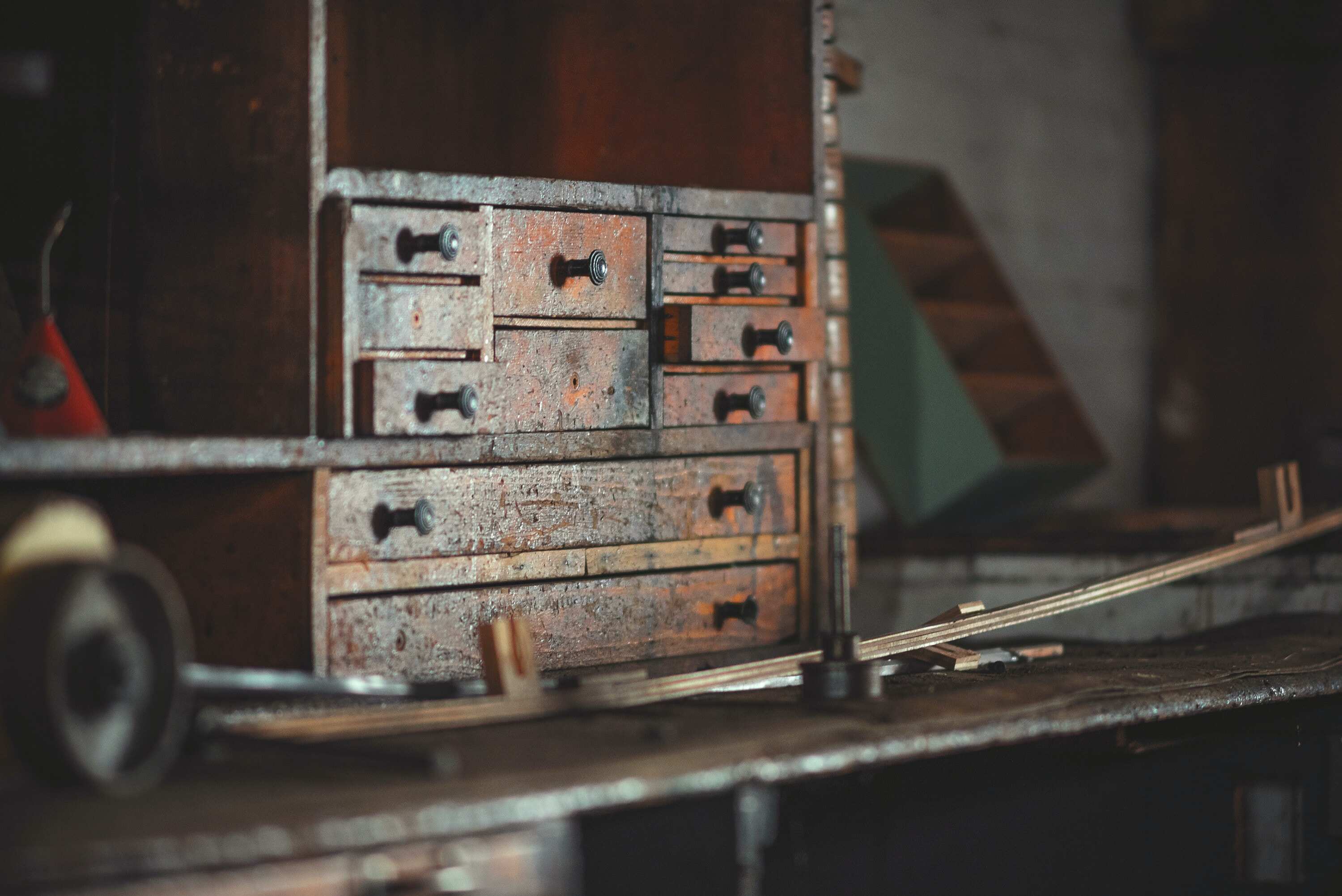
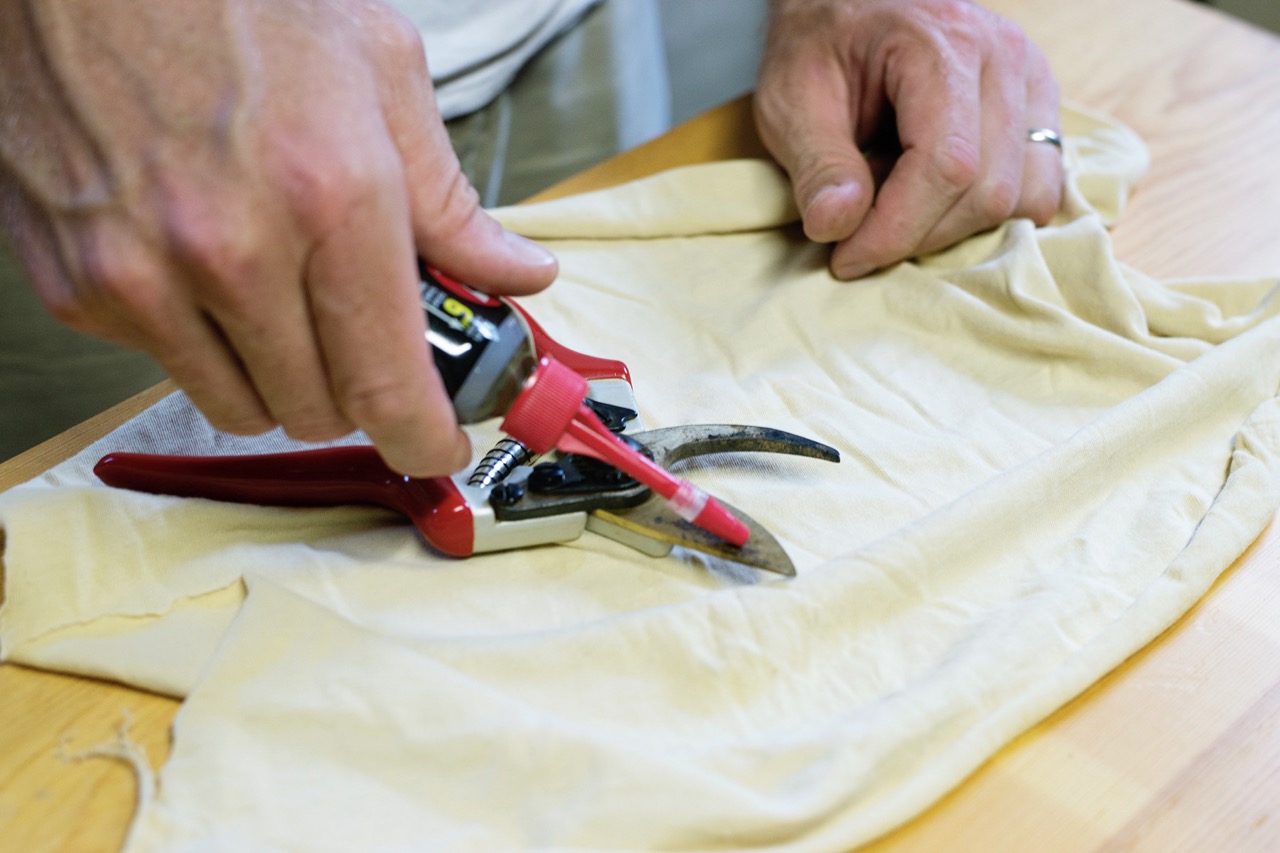
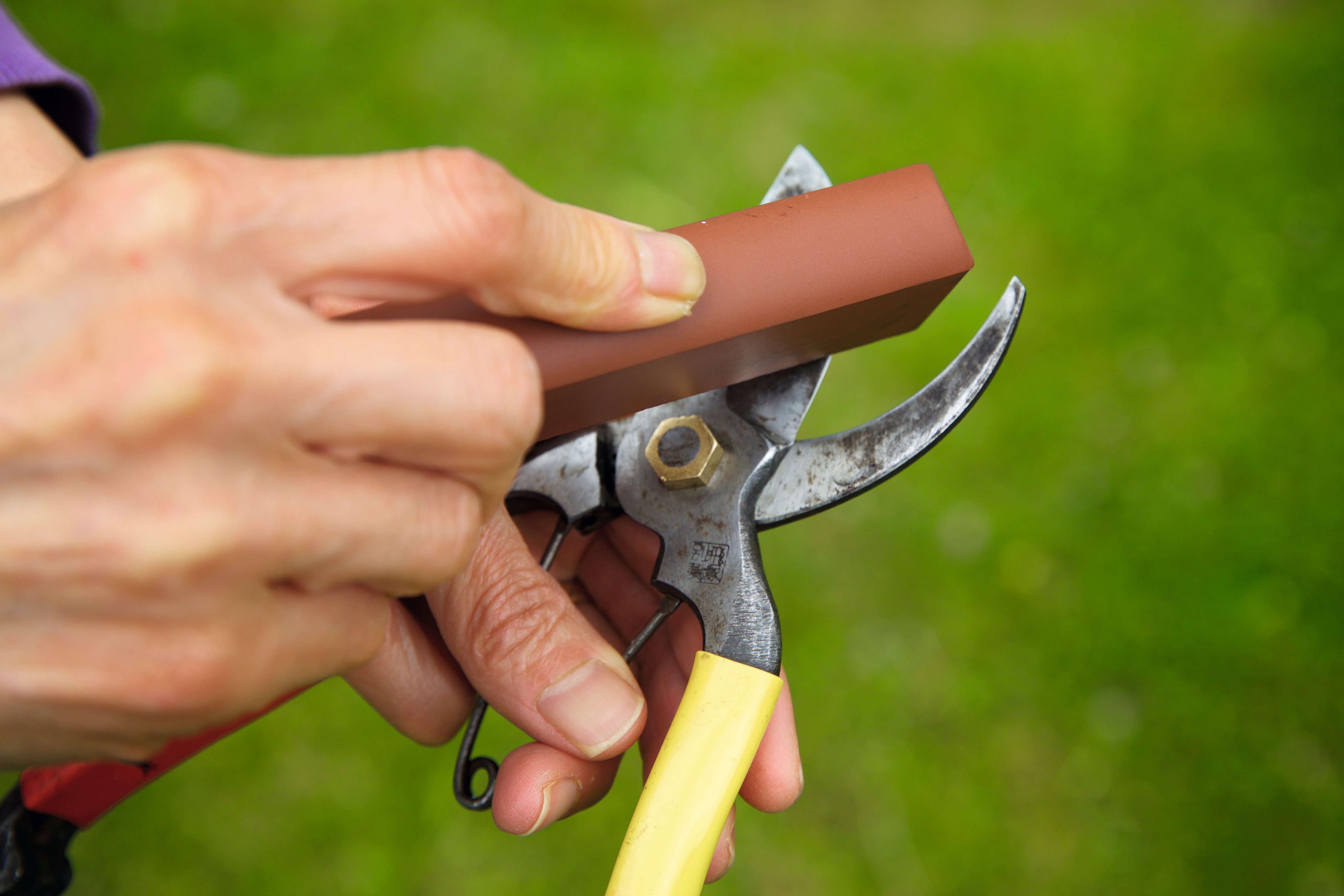
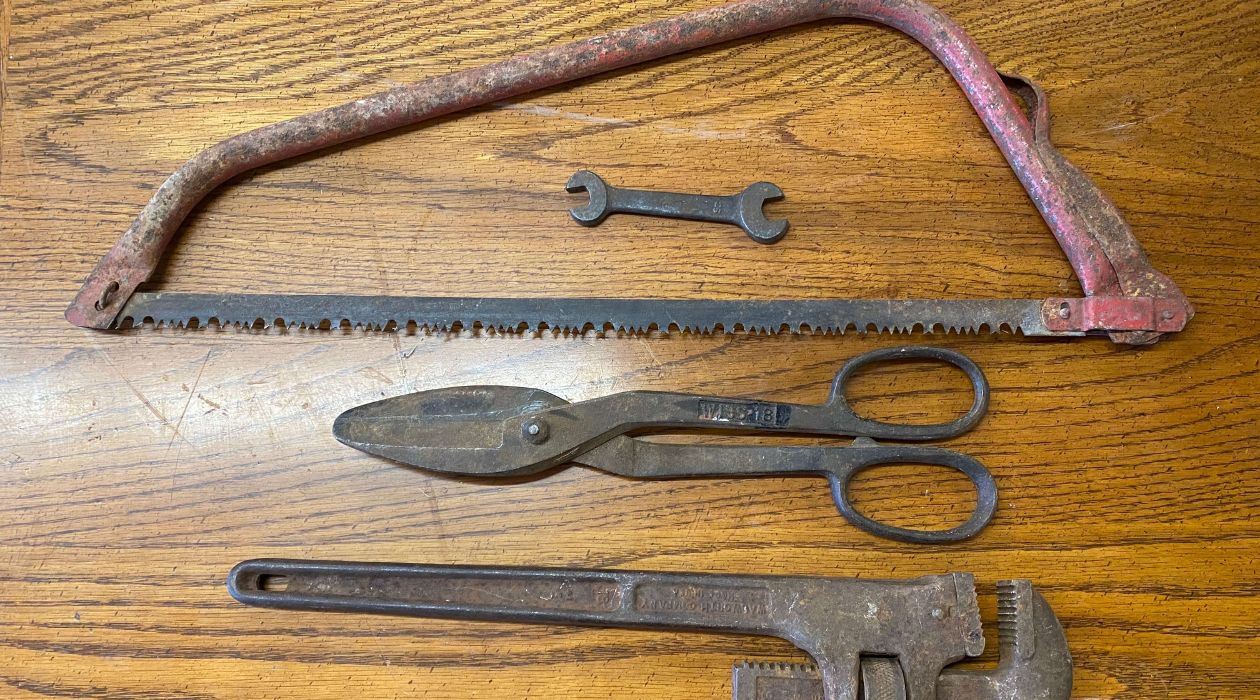
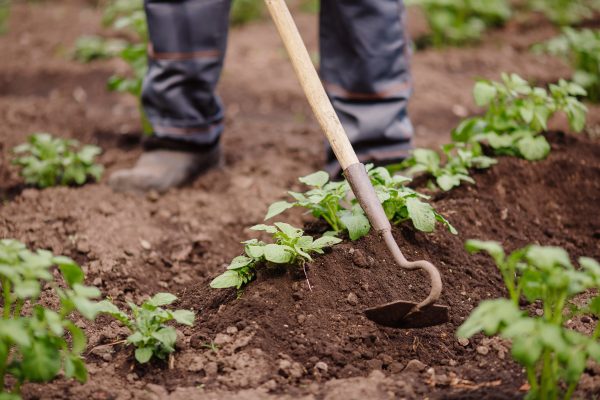
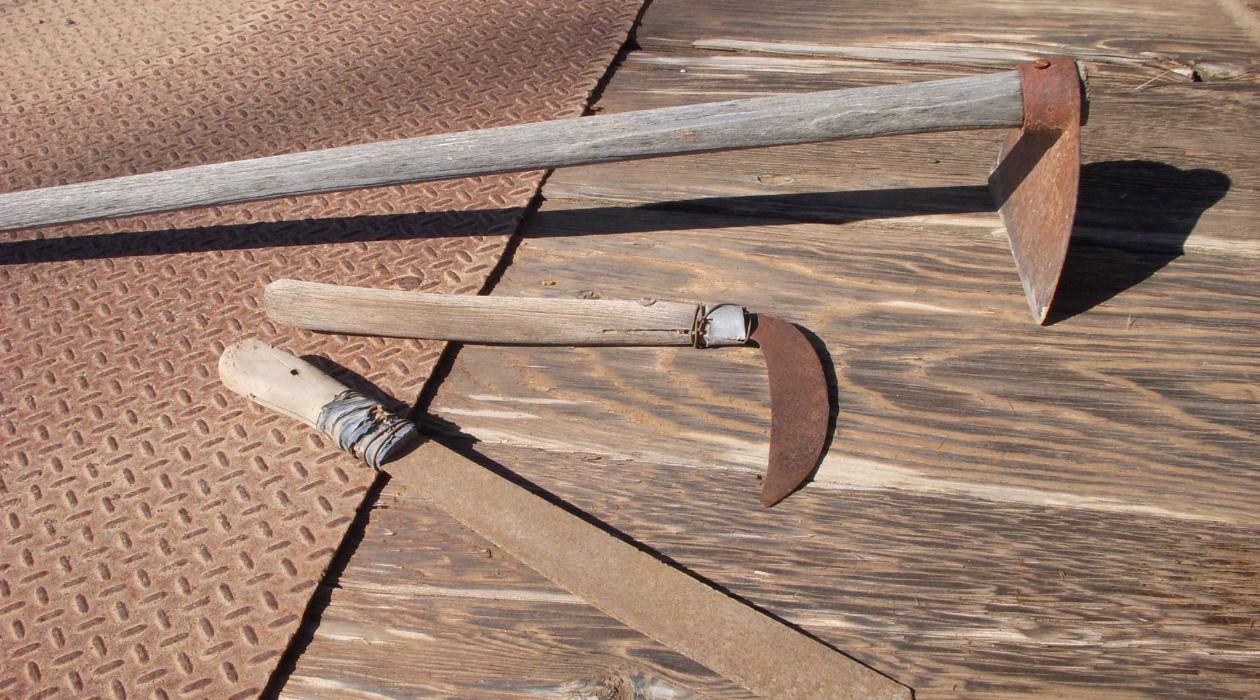
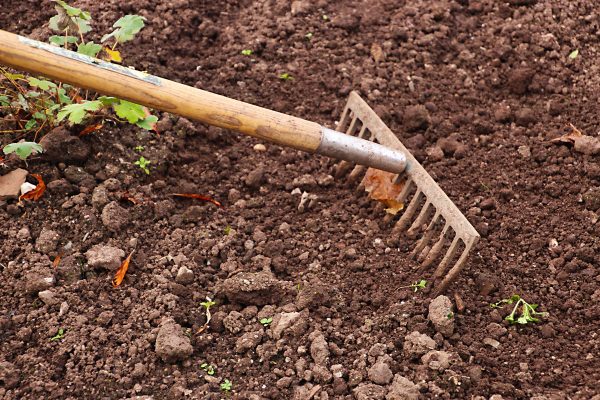

0 thoughts on “How To Clean Rusty Garden Tools”